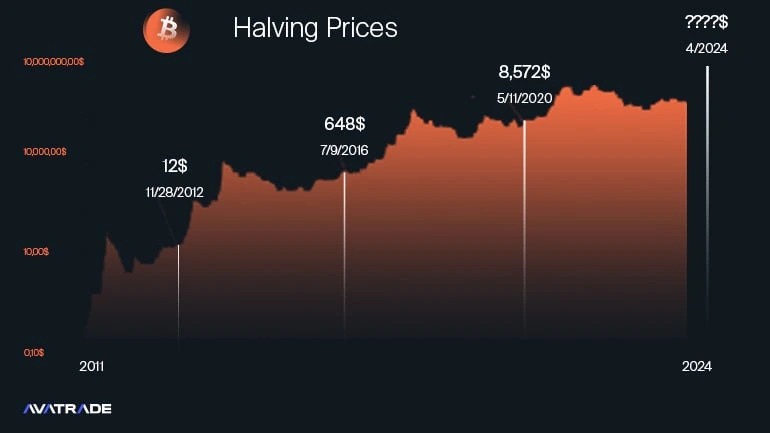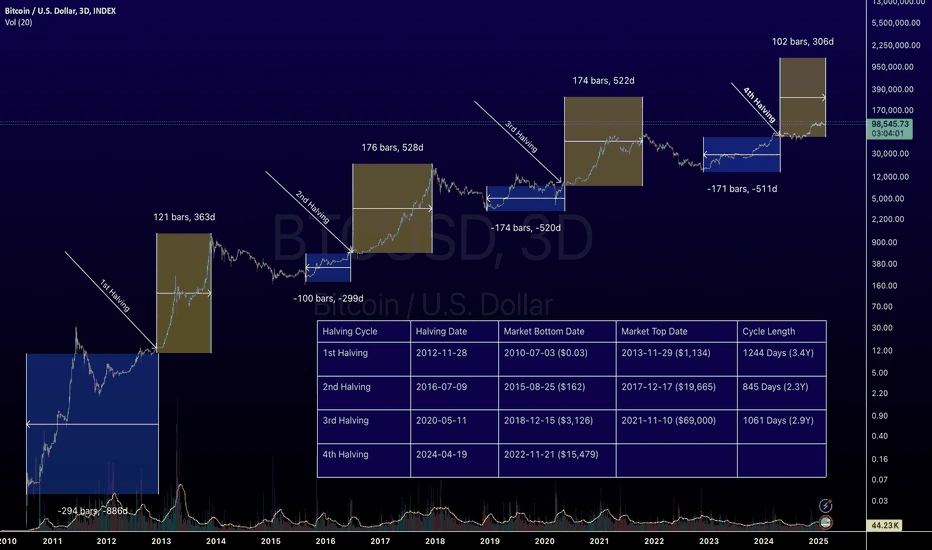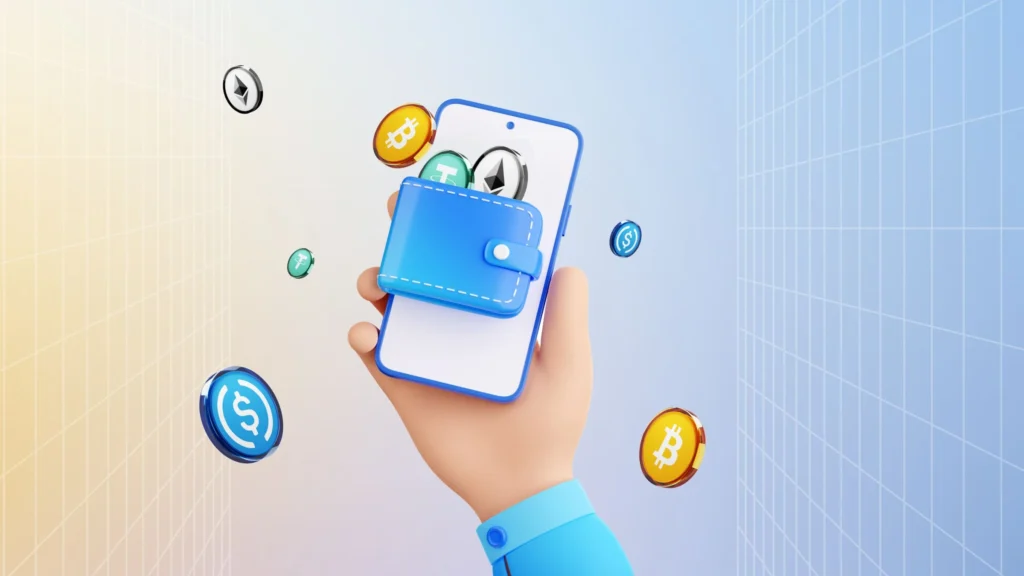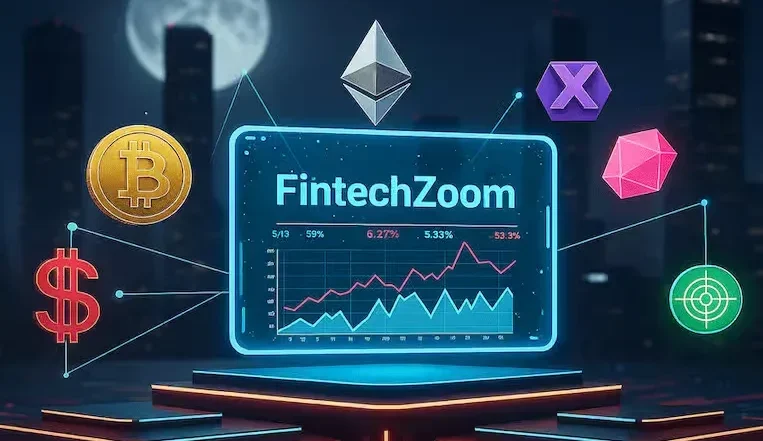Picture this. It’s May 19, 2025. The lights sparkle at the American Museum of Natural History in New York City. Lupe Gidley stands arm-in-arm with her husband, actor Christopher McDonald. They are there for the big premiere of Apple TV’s Fountain of Youth. Smiles light up their faces. This moment shows Lupe’s timeless poise. She has always chosen family over fame. Yet here she is. Supporting her partner on a red carpet. It’s a fresh reminder of her enduring role in Hollywood’s quieter corners.
Lupe Gidley has lived a story full of choices. Born Maria Guadalupe Gidley, she stepped into modeling and acting in the late 1980s. Her work caught eyes in films and videos. But soon, she turned toward home. She married Christopher McDonald in 1992. They built a family of four kids. Today, at 60, Lupe mentors young talents. She gives back through charity. Her life teaches us about balance. In a world of spotlights, she picks depth. This article dives into her world. We cover her roots, roles, and recent steps. Get ready to meet a woman who shines without chasing the glow.
Table of Contents
Who Is Lupe Gidley?
Lupe Gidley is a former actress and model. She is best known as the wife of Christopher McDonald. He plays memorable villains like Shooter McGavin in Happy Gilmore. Lupe chose a private path after her early career. She raised four children. Now she supports arts education. Her story highlights strength in simplicity.
Lupe grew up in the United States. Her full name is Maria Guadalupe Gidley. She shares little about her youth. But sources say her family valued hard work. Her dad was a high school principal. Her mom worked in nursing and real estate. These roots shaped her grounded view.
She entered entertainment young. Modeling came first. Then acting roles followed. Lupe appeared in music videos and films. Her poise stood out. Fans remember her grace on screen.
Today, Lupe lives in Lake Arrowhead, California. It’s a peaceful spot near mountains. She avoids social media. Instead, she focuses on family and causes. She mentors women in show business. Her advice? Stay true to yourself.
Lupe’s influence spreads quietly. Christopher calls her the family’s heart. She keeps their home steady. In Hollywood, where marriages often fade, theirs lasts. Over 33 years strong. Lupe shows us real success looks like calm waters.
How Did Lupe Gidley Start Her Career in Entertainment?
Lupe Gidley launched her career with modeling in the late 1980s. She worked in Los Angeles and New York. Print ads and commercials built her skills. By the early 1990s, she shifted to acting. This path led to small but striking roles.
Modeling taught Lupe key lessons. She learned to connect with cameras. Pressure became her friend. Her natural charm drew attention. Agents saw potential. Soon, she tested for parts.
Her first big break came in 1989. She joined the Billy Joel music video We Didn’t Start the Fire. It was fast-paced. Lupe fit right in. The video mixed history with energy. Her presence added warmth.
From there, films called. Lupe took on supporting spots. She brought depth to characters. Her work mixed mainstream and indie projects. Each role honed her craft.
But fame never pulled her in deep. Lupe eyed balance early. She wrapped projects with care. Then she thought of home. This start set her tone. Career as a tool, not a trap.
In the U.S., many follow suit. Think of New York models who chase dreams. Lupe’s story echoes theirs. She turned skills into steps for family life.
Also Read This: What Is Classroom 15x? Discover the Future of Learning
What Movies Has Lupe Gidley Appeared In?
Lupe Gidley starred in a handful of films and videos from 1989 to 2018. Her roles often highlighted quiet strength. She picked parts that felt real. This list covers her key works. Each one shows her range.
Here’s a quick table of her filmography:
| Year | Title | Role | Notes |
|---|---|---|---|
| 1989 | Billy Joel: We Didn’t Start the Fire | Performer | Music video; energetic historical tribute |
| 1990 | Welcome Home, Roxy Carmichael | Supporting | Drama with Winona Ryder; emotional depth |
| 2006 | Daft Punk: The Prime Time of Your Life | Lead in short | Music video; surreal storytelling |
| 2014 | Money Shot | Carol the Secretary | Indie comedy; sharp wit |
| 2015 | Finding Out | Laura Heinrich | Drama; family themes |
| 2018 | Klarinet Klub | Evangeline | Short film; musical elements |
These picks span decades. The Daft Punk video stands out. It reached global fans. Lupe’s face in that eerie tale lingers.
She also did Skellig, an indie gem. Details stay sparse. Lupe kept her resume lean. Quality over quantity.
Fans search “Lupe Gidley movies” for these gems. Stream them on platforms like YouTube or Amazon. Her work inspires. It proves small roles pack big punches.
How Old Is Lupe Gidley Today?
Lupe Gidley turned 60 on February 17, 2025. Born in 1965, she carries her years with ease. Age suits her well. It adds wisdom to her steps.
She keeps fit through simple habits. Walks in Lake Arrowhead clear her mind. Golf swings keep her active. Family outings add joy.
At 60, Lupe reflects on paths taken. She shares tips with peers. Stay curious. Cherish connections. Her birthday often means quiet gatherings. Close ones toast her grace.
In America, 60 marks new chapters. Lupe embodies this. She mentors without fanfare. Her age brings depth. It fuels her quiet drive.

What Is Lupe Gidley’s Ethnicity and Background?
Lupe Gidley’s ethnicity ties to American roots with Hispanic hints. Her name, Maria Guadalupe, nods to Mexican heritage. She was born and raised in the U.S. Details stay private. This mix shapes her warm outlook.
Her family stressed education. Dad led a school. Mom balanced careers. They lived in a Midwest town. Community mattered most.
Lupe’s background fuels her values. Faith plays a big role. Catholic traditions guide her days. She attends local masses. Gives to parish drives.
In the U.S., blended heritages thrive. Lupe’s story fits. Like many in California, she blends cultures at home. Tacos mix with apple pie. Her kids learn both.
This base keeps her steady. It grounds her in Hollywood’s swirl. Lupe’s ethnicity adds layers. It enriches her quiet power.
How Did Lupe Gidley Meet Christopher McDonald?
Lupe Gidley met Christopher McDonald in 1989. It happened during a theater run in New Mexico. Both chased acting dreams. Sparks flew on stage.
The play was a regional hit. Lupe played a lead. Christopher supported. Rehearsals built bonds. They shared laughs. Talked shop late nights.
New Mexico’s deserts set the scene. Vast skies mirrored their hopes. After shows, they hiked. Stories flowed. Common ground grew.
This meet-cute turned real. By 1992, wedding bells rang. A simple ceremony sealed it. Friends cheered. Family hugged tight.
U.S. tales like this charm. Think Southwest romances. Lupe and Christopher’s start feels fresh. It led to decades of love.
What Is the Story Behind Lupe Gidley’s Marriage?
Lupe Gidley’s marriage to Christopher McDonald spans 33 years. They wed on November 7, 1992. Vows promised teamwork. Today, it stands as Hollywood rare.
They built on trust. Daily check-ins keep lines open. Date nights spark fun. Challenges? They face them hand-in-hand.
Faith anchors them. Catholic rites mark milestones. Lupe’s calm steadies storms. Christopher credits her fully.
Four kids test and strengthen ties. Holidays bring chaos and cheer. Lupe plans traditions. Gratitude rounds out days.
Compared to stars like Tom Hanks and Rita Wilson, theirs shines steady. No scandals. Just growth. Lupe’s role? The unseen glue.
Who Are Lupe Gidley’s Children?
Lupe Gidley and Christopher McDonald raised four kids. Each brings unique light. Privacy rules their home. But glimpses show strong bonds.
- Jackson Riley: Oldest son. Dips into film. Follows parents’ path. Works behind scenes.
- Hannah Elizabeth: Born 1993. Keeps low key. Pursues arts quietly.
- Rosie: Arrived 1997. Creative soul. Explores music and design.
- Ava Catherine: Youngest, born 2001. Full of energy. Loves outdoor adventures.
Family dinners unite them. Stories swap. Laughter echoes. Lupe teaches grace. Kids learn by watch.
In Lake Arrowhead, they hike trails. Local spots like Big Bear Lake call. U.S. family vibes thrive here. Lupe’s touch makes it magic.
What Has Lupe Gidley Been Up To Recently?
Lupe Gidley stays active in subtle ways. In 2025, she joined Christopher at the Fountain of Youth premiere. New York buzzed. She glowed in a simple dress.
With Happy Gilmore 2 out, spotlights returned. Lupe cheers from sidelines. Her support boosts him.
She mentors now. Young actresses seek her ear. Tips on balance flow free. Charity work fills days. Arts programs get her time.
Travel calls too. Cultural trips with family. Mexico roots draw her back. Photos capture joy. No posts. Just memories.
Lupe’s recent life? Purpose-packed. She adds value without noise.
How Does Lupe Gidley Balance Family and Hollywood Life?
Lupe Gidley masters balance with intention. Family tops her list. Hollywood? It’s a side note. She sets boundaries early.
Mornings start calm. Coffee brews. Kids’ needs come first. Even grown, they call.
Christopher’s shoots pull him away. Lupe holds fort. She plans fun returns. Golf games await.
Faith steadies her. Prayers ground chaos. Community ties link her out.
In California hills, nature heals. Hikes reset minds. Lupe’s method? Simple routines win.
Many U.S. moms nod. Work flexes. Home wins. Lupe lives it true.
What Lessons Can We Draw from Lupe Gidley’s Journey?
Lupe Gidley’s path offers gems. Choose heart over hustle. Family fuels true joy.
She shows grace in goodbyes. Left acting for love. No regrets linger.
Mentor quietly. Share wisdom free. Young dreams need guides.
Faith and roots matter. They weather storms.
Her story? Proof depth beats dazzle. Live full. Love deep.
Key Takeaways from Lupe Gidley’s Inspiring Life
Here are core points from her story. They guide us all.
- Prioritize What Counts: Lupe picked family over fame. It built lasting peace.
- Embrace Quiet Power: Strength hides in calm acts. Her support lifts others high.
- Stay Grounded in Roots: American blend with faith keeps her steady. Traditions tie tight.
- Mentor with Heart: She guides new talents. Kind words change paths.
- Balance Wins Races: Short days, deep bonds. Hollywood bows to home.
- Age Brings Gifts: At 60, wisdom flows. New chapters wait open.
These nuggets spark change. Lupe’s way? Simple. True.
In wrapping up, Lupe Gidley’s tale warms hearts. From 1980s screens to 2025 carpets, she chooses wisely. Her marriage endures. Kids thrive. Mentorship grows. In a fast world, she slows for what matters. Hollywood needs more like her. Quiet forces shift tides. Take her cue. Build deep. Live light. What’s your next graceful step?
Frequently Asked Questions About Lupe Gidley
Who is Lupe Gidley, and why is she known in Hollywood circles?
Lupe Gidley is a former American actress and model who gained notice in the late 1980s and early 1990s for her poised screen presence. She is perhaps most recognized today as the long-time wife of actor Christopher McDonald, famous for roles in Happy Gilmore and Thelma & Louise.
Lupe’s own career included modeling gigs in major cities like Los Angeles and New York, where she honed skills that led to acting opportunities. Her choice to step back from the spotlight in the mid-1990s to focus on family set her apart in an industry often driven by constant visibility. This decision highlighted her values of privacy and partnership, making her a quiet icon of balance.
Over the years, she has occasionally resurfaced for select projects, like the 2006 Daft Punk video, showing her enduring talent without chasing fame. Her story resonates with those curious about life beyond the red carpet, emphasizing how personal priorities can shape a fulfilling path even in entertainment’s glare.
What are some notable Lupe Gidley movies and how did they impact her career?
Lupe Gidley’s film work, though selective, left marks through its variety and emotional layers. Key entries include Welcome Home, Roxy Carmichael (1990), a coming-of-age drama where she supported Winona Ryder’s lead, adding subtle warmth to small-town tensions. This role showcased her ability to convey quiet empathy, a trait fans still discuss in retrospectives.
Then came the surreal Daft Punk: The Prime Time of Your Life (2006), a short film-video hybrid that blended philosophy with visuals; Lupe’s central figure evoked introspection, earning nods from music and film circles alike. Later indies like Money Shot (2014), where she played a witty secretary, and Klarinet Klub (2018) as Evangeline, highlighted her comedic timing and musical flair.
These weren’t blockbusters, but they built a niche following. Her sparse resume influenced her shift to family life, proving quality trumps quantity. Today, streaming revivals let new viewers discover her—search “Lupe Gidley movies” and dive in for hidden gems that feel fresh even decades on.
How old is Lupe Gidley, and how has age shaped her outlook?
As of 2025, Lupe Gidley is 60 years old, having celebrated her birthday on February 17. Born in 1965, she entered adulthood amid the vibrant ’80s entertainment boom, which fueled her early ambitions. Age has softened her edges without dimming her spark; now, it amplifies her role as a family anchor and mentor.
In interviews through Christopher, she shares how turning 50 prompted deeper gratitude—focusing on legacy over lines learned. Her routines evolved too: yoga replaced late-night shoots, and travel with grandkids (if any soon) tops wish lists.
At 60, Lupe embodies the Aquarius spirit of innovation tempered by wisdom, often advising peers to “age like fine wine—savor the pour.” This phase lets her give back more, through local arts workshops in California, where she draws from decades of lessons. Her age isn’t a number; it’s a bridge to richer connections, proving Hollywood’s best stories unfold off-script.
What is Lupe Gidley’s ethnicity, and how does it influence her family traditions?
Lupe Gidley’s ethnicity reflects a proud American tapestry with Hispanic undertones, evident in her full name Maria Guadalupe Gidley. Raised in the U.S. heartland, she blends cultural threads from possible Mexican lineage with everyday Midwestern values. This mix influences her home life profoundly—think festive posadas during holidays, where piñatas swing alongside pumpkin pies.
Her Catholic faith, rooted in these heritage elements, weaves through daily rituals like evening rosaries or community feasts. Lupe passes this on to her four children, teaching bilingual phrases at dinner and stories of resilient ancestors who chased American dreams. In Lake Arrowhead, she hosts multicultural potlucks, inviting neighbors to share tamales and tales.
This background fosters inclusivity; it’s why her family vacations often loop back to Southwest spots like Santa Fe, echoing where she met Christopher. Her ethnicity isn’t spotlighted but savored— a quiet force that strengthens bonds and keeps traditions alive in a blended U.S. household.
How did Lupe Gidley and Christopher McDonald build such a lasting marriage?
Lupe Gidley and Christopher McDonald’s 33-year marriage thrives on shared vision and steady effort, starting from their 1989 New Mexico theater meet. What began as stage chemistry bloomed into partnership through open talks and mutual cheers—Lupe backed his auditions; he joined her family hikes. They wed in 1992 with a intimate vow exchange, vowing teamwork amid rising careers. Keys to endurance?
Weekly “no-phone” dinners for real connection, annual retreats to recharge, and leaning on faith during tough shoots or kid chaos. Christopher often says Lupe’s calm is his compass, guiding through Hollywood’s twists like his Happy Gilmore fame spike. They’ve navigated four kids’ milestones together, from first steps to college sends-offs, always prioritizing “us” time.
Unlike flashier couples, theirs avoids drama—no tabloid fodder, just growth. In a town where unions fray fast, their story—much like enduring pairs in New York theater circles—proves listening and laughing keep love evergreen.
What recent projects or events feature Lupe Gidley in 2025?
In 2025, Lupe Gidley stepped into the light at the May 19 New York premiere of Fountain of Youth, Apple TV’s adventure flick starring her husband Christopher McDonald. Dressed in elegant neutrals, she mingled with stars at the American Museum of Natural History, her smile stealing subtle scenes.
This outing tied to Christopher’s busy year, including Happy Gilmore 2‘s July release, where Lupe’s behind-the-scenes support shone through family shoutouts in press. Beyond events, she’s deepened mentorship via pop-up workshops for aspiring actresses in Los Angeles, sharing tips on juggling scripts and school runs. Charity amps up too—she backed a California arts fund for underrepresented youth, drawing from her modeling days. No solo gigs announced, but whispers hint at a possible short film cameo. Lupe’s 2025 vibe? Selective spots that honor her pace, blending red carpets with quiet causes for a year that’s purposeful, not packed.


















